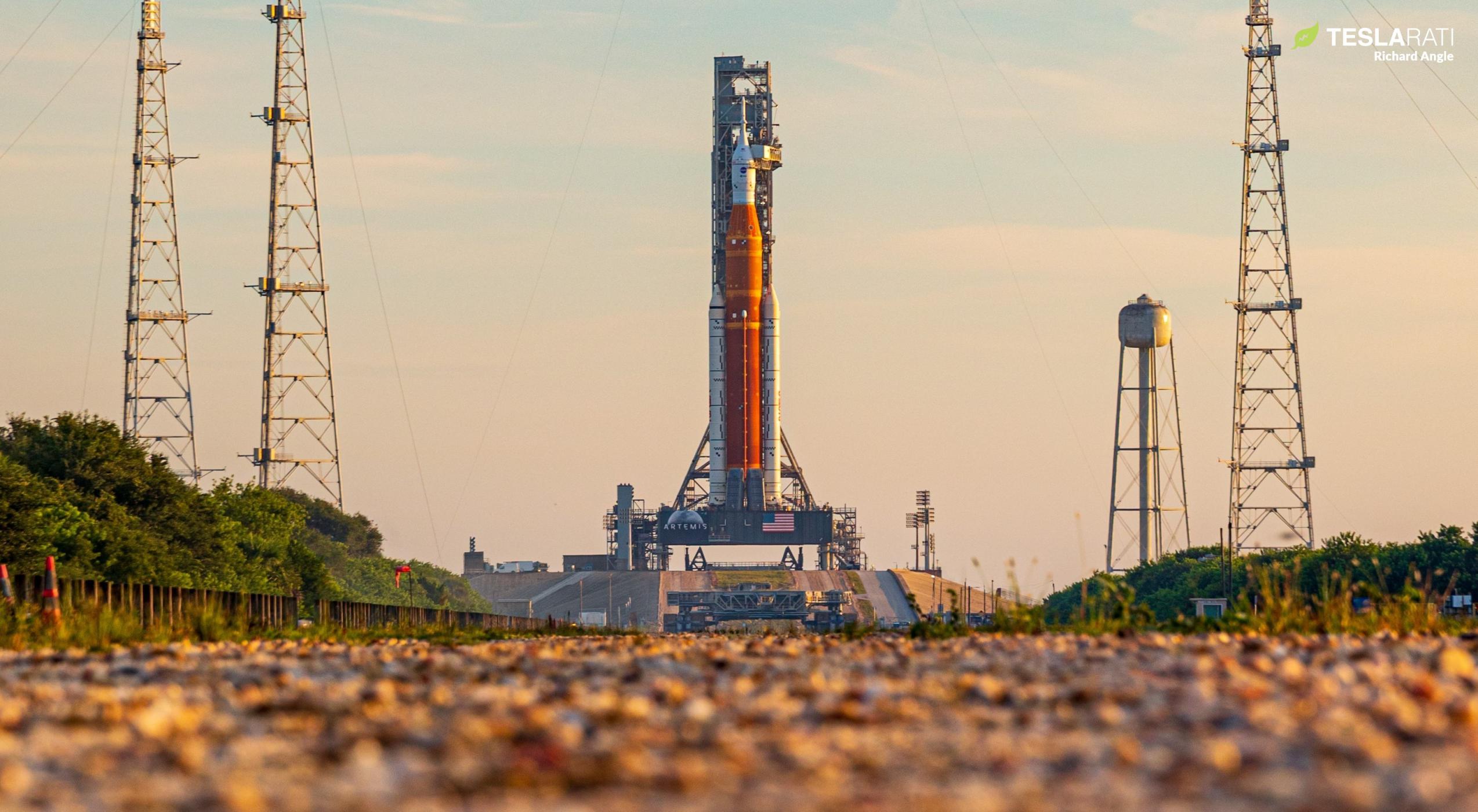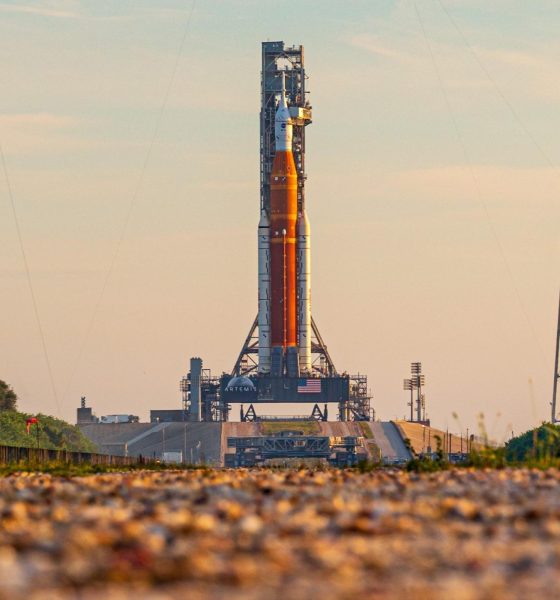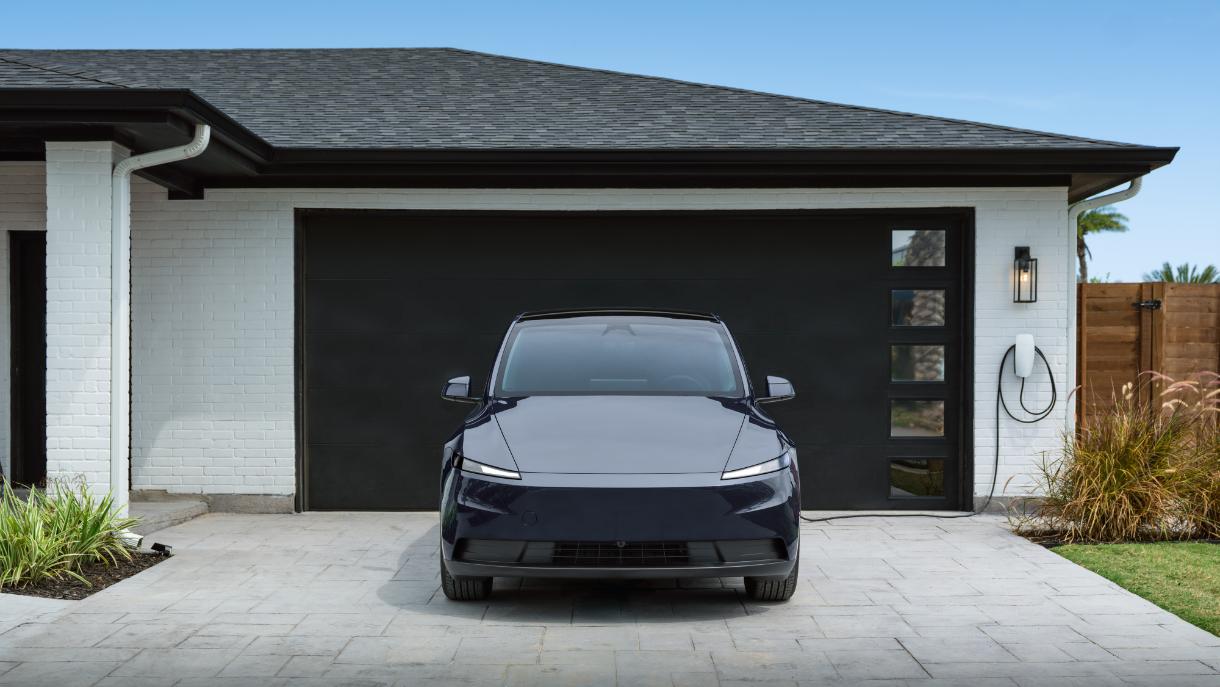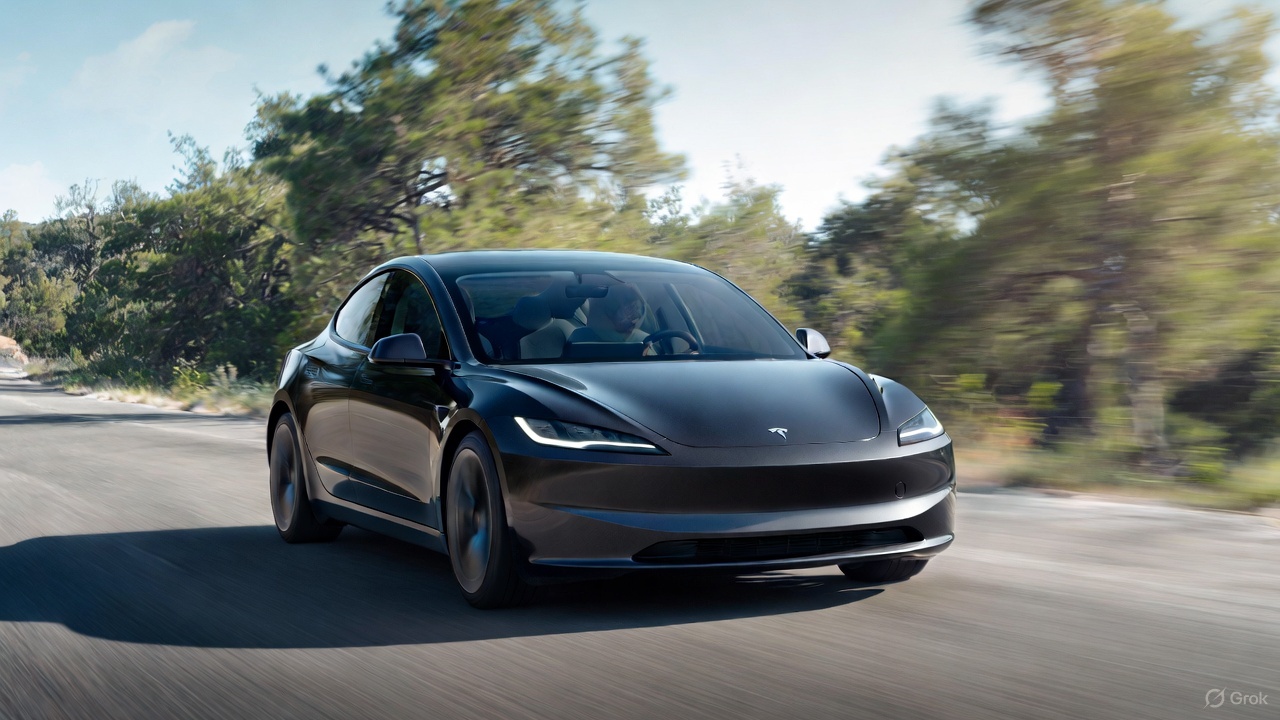

News
NASA to retry Artemis I Moon rocket launch on Saturday
NASA says it has alleviated issues that arose during its first Space Launch System (SLS) Moon rocket launch attempt and will try again as early as Saturday, September 3rd.
Measuring around 98 meters (~322 feet) tall and capable of launching up to 95 tons (~210,000 lb) to low Earth orbit, the SLS rocket’s first launch – Artemis I – will attempt to send NASA Orion spacecraft on its way to lunar orbit. If all goes to plan, a partial prototype of the deep space crew transport vehicle will enter orbit spend several weeks around the Moon, where it will attempt to prove that Orion is safe and ready to launch NASA astronauts.
Approximately six years behind schedule and tens of billions of dollars over budget, the combined Orion spacecraft and SLS rocket were originally expected to debut in 2016 when Congress legally required NASA to develop the combined system in 2011. It would be difficult for the stakes to be much higher.
Now, after an unsuccessful August 29th launch attempt that turned into a wet dress rehearsal test as a result of poor planning, NASA is ready to try again.
SLS is scheduled to lift off from NASA’s Kennedy Space Center (KSC) LC-39B pad no earlier than (NET) 2:17 pm EDT (18:17 UTC) on Saturday, September 3rd. Like the first, the window lasts for two hours, providing some flexibility for NASA to troubleshoot any other minor problems that might crop up during the second launch attempt.
During the first SLS launch attempt, several problems arose, including a possible crack in Core Stage foam insulation, a misbehaving vent valve, a hydrogen fuel leak, and weather concerns that delayed the start of propellant loading by more than an hour. The most important problem, causing NASA to abort its first attempt at T-40 minutes to liftoff, involved Core Stage engine chill systems.
At the time, available data suggested that one of the Core Stage’s four modified and flight-proven Space Shuttle Main Engines (known as RS-25) was unable to chill down to the temperatures required for safe ignition. In a September 1st press conference, after more analysis, NASA now says that the rocket was, in fact, correctly trickling liquid hydrogen fuel through all four engines and that all engines were likely ready to go. The agency and its contractors say they are confident that the true cause of the unfavorable readings was a faulty temperature sensor.
In an earlier press conference, senior officials noted that the Boeing-built SLS Core Stage is designed in a way that makes those faulty temperature sensors virtually inaccessible without major work – and certainly not while the rocket is still at the launch pad. A rollback to NASA’s Vehicle Assembly Building (VAB) could easily delay the next SLS launch attempt by 4-6 weeks, if not longer.
Perhaps as a result of the looming consequences of another rollback, instead of sending the rocket back to fix the newly discovered sensor issue, NASA officials now say they never actually needed the broken sensor and can get by without it working properly. That doesn’t entirely explain why NASA fully aborted an SLS launch attempt as a direct result of not liking the data produced by said sensor a few days prior. Nonetheless, the officials say that by analyzing several other unspecified telemetry readings within the RS-25s and SLS plumbing, they can effectively infer that the engines have been chilled to the right temperature.
In theory, if no other issues arise in the remaining 40 minutes leading up to launch, that should allow NASA to confidently launch SLS without having to replace components deep within the rocket.
NASA will begin live coverage of its next SLS launch attempt on NASA TV at 5:45 am EDT (09:45 UTC), followed by a separate hosted broadcast (the agency’s first attempt at a 4K launch webcast) beginning at 12:15 pm EDT (16:15 UTC).

News
SpaceX shades airline for seeking contract with Amazon’s Starlink rival

SpaceX employees, including its CEO Elon Musk, shaded American Airlines on social media this past weekend due to the company’s reported talks with Amazon’s Starlink rival, Leo.
Starlink has been adopted by several airlines, including United Airlines, Qatar Airways, Hawaiian Airlines, WestJet, Air France, airBaltic, and others. It has gained notoriety as an extremely solid, dependable, and reliable option for airline travel, as traditional options frequently cause users to lose connection to the internet.
Many airlines have made the switch, while others continue to mull the options available to them. American Airlines is one of them.
A report from Bloomberg indicates the airline is thinking of going with a Starlink rival owned by Amazon, called Leo. It was previously referred to as Project Kuiper.
American CEO Robert Isom said (via Bloomberg):
“While there’s Starlink, there are other low-Earth-orbit satellite opportunities that we can look at. We’re making sure that American is going to have what our customers need.”
Isom also said American has been in touch with Amazon about installing Leo on its aircraft, but he would not reveal the status of any discussions with the company.
The report caught the attention of Michael Nicolls, the Vice President of Starlink Engineering at SpaceX, who said:
“Only fly on airlines with good connectivity… and only one source of good connectivity at the moment…”
CEO Elon Musk replied to Nicolls by stating that American Airlines risks losing “a lot of customers if their connectivity solution fails.”
American Airlines will lose a lot of customers if their connectivity solution fails
— Elon Musk (@elonmusk) December 14, 2025
There are over 8,000 Starlink satellites in orbit currently, offering internet coverage in over 150 countries and territories globally. SpaceX expands its array of satellites nearly every week with launches from California and Florida, aiming to offer internet access to everyone across the globe.
Currently, the company is focusing on expanding into new markets, such as Africa and Asia.
News
Tesla Model Y Standard stuns in new range test, besting its Premium siblings
Tesla’s newer vehicles have continued to meet or exceed their EPA estimates. This is a drastic change, as every 2018-2023 model year Tesla that Edmunds assessed did not meet its range estimates.

The Tesla Model Y Standard stunned in a new range test performed by automotive media outlet Edmunds, besting all of its Premium siblings that are more expensive and more luxurious in terms of features.
Testing showed the Model Y Standard exceeded its EPA-estimated range rating of 321 miles, as Edmunds said it is the “longest-range Model Y that we’ve ever put on our loop.” In the past, some vehicles have come up short in comparison with EPA ranges; for example, the Model Y’s previous generation vehicle had an EPA-estimated range of 330 miles, but only drove 310.
Additionally, the Launch Series Model Y, the first configuration to be built in the “Juniper” program, landed perfectly on the EPA’s range estimates at 327 miles.
It was also more efficient than Premium offerings, as it utilized just 22.8 kWh to go 100 miles. The Launch Series used 26.8 kWh to travel the same distance.
It is tested using Edmunds’ traditional EV range testing procedure, which follows a strict route of 60 percent city and 40 percent highway driving. The average speed throughout the trip is 40 MPH, and the car is required to stay within 5 MPH of all posted speed limits.
Each car is also put in its most efficient drive setting, and the climate is kept on auto at 72 degrees.
“All of this most accurately represents the real-world driving that owners do day to day,” the publication says.
With this procedure, testing is as consistent as it can get. Of course, there are other factors, like temperature and traffic density. However, one thing is important to note: Tesla’s newer vehicles have continued to meet or exceed their EPA estimates. This is a drastic change, as every 2018-2023 model year Tesla that Edmunds assessed did not meet its range estimates.
Tesla Model Y Standard vs. Tesla Model Y Premium
Tesla’s two Model Y levels both offer a great option for whichever fits your budget. However, when you sit in both cars, you will notice distinct differences between them.
The Premium definitely has a more luxurious feel, while the Standard is stripped of many of the more premium features, like Vegan Leather Interior, acoustic-lined glass, and a better sound system.
You can read our full review of the Model Y Standard below:
Tesla Model Y Standard Full Review: Is it worth the lower price?
News
Xpeng CEO: Tesla FSD 14.2 has developed “near-Level 4” performance
While acknowledging that imperfections remain, the Xpeng CEO said FSD’s current iteration significantly surpasses last year’s capabilities.

Xpeng CEO He Xiaopeng has offered fresh praise for Tesla’s Full Self-Driving (FSD) system after revisiting Silicon Valley more than a year after his first hands-on experience.
Following extended test drives of Tesla vehicles running the latest FSD software, He stated that the system has made major strides, reinforcing his view that Tesla’s approach to autonomy is indeed the proper path towards autonomy.
Tesla FSD closing in on Level 4 driving
During his visit, He test-drove a Tesla equipped with FSD V14.2. He also rode in a Tesla Robotaxi. Over roughly five hours of driving across Silicon Valley and San Francisco, He said both vehicles delivered consistent and reassuring performance, a notable improvement from his experience a year earlier.
According to He, Tesla’s FSD has evolved from a smooth Level 2 advanced driver assistance system into what he described as a “near-Level 4” experience in terms of capabilities. While acknowledging that imperfections remain, the Xpeng CEO said FSD’s current iteration significantly surpasses last year’s capabilities. He also reiterated his belief that Tesla’s strategy of using the same autonomous software and hardware architecture across private vehicles and robotaxis is the right long-term approach, allowing users to bypass intermediate autonomy stages and move closer to Level 4 functionality.
He previously tested Tesla’s FSD V12.3.6 and Waymo vehicles in California in mid-2024, noting at the time that Waymo performed better in dense urban environments like San Francisco, while Tesla excelled in Silicon Valley and on highways.
Xpeng’s ambitious autonomy roadmap and internal challenge
The Silicon Valley visit also served as a benchmark for Xpeng’s own autonomy ambitions. He stated that Xpeng is looking to improve its VLA autonomous driving system to match the performance of Tesla’s FSD V14.2 within China by August 30, 2026. Xpeng is poised to release its VLA 2.0 smart driving software next quarter, though He cautioned that the initial version will not be able to match FSD V14.2’s capabilities, as noted in a CNEV Post report.
He also added a personal twist to the goal, publicly challenging Xpeng’s autonomous driving team. If the performance target is met by the 2026 deadline, the CEO stated that he will approve the creation of a Chinese-style cafeteria for Xpeng’s Silicon Valley team. If not, Liu Xianming, head of Xpeng’s autonomous driving unit, has pledged to run naked across the Golden Gate Bridge, He noted.








